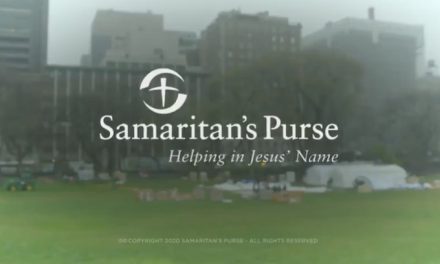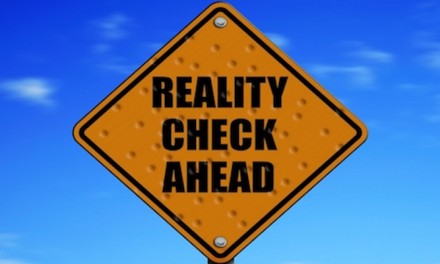The streets were cruelly efficient to Pierre Loury. An arrest record at age 14, shot to death by police at 16. Authorities said he ran from a car that had been pulled over because it resembled a vehicle involved in an earlier shooting. He allegedly threatened an officer with a gun and was shot in the chest.
The details of Pierre Loury’s death are in dispute — the family has filed suit. The story of Pierre Loury’s life is more complete, thanks to a compelling Tribune account this week by reporters Alexis Myers and Jeremy Gorner.
Loury, who grew up in drug-infested North Lawndale, was a gang member on probation for his role at age 15 in an assault and robbery on a CTA train. He skipped school, stole from his family. His mother and stepfather wanted to believe in the teen’s better nature but lost their hold on him — to the streets.
“It is culture and environment,” Arewa Karen Winters, Loury’s great-aunt, told the Tribune. Then she cited a gang coda so chillingly obvious that Loury’s mother, Tambrasha Hudson, joined in for the last four words: “You gonna ride with us or we are gonna hurt you and hurt your family.”
Loury was killed April 11. A few days later, Chicago passed the 1,000 mark for shooting victims this year — a pace faster than those of the previous few years. Last weekend’s casualties totaled 51 shot, eight fatally. It is a horrifying, unfathomable roll call: Nathan Hicks, 16, shot in the chest on a sidewalk in East Garfield Park. Andres Rivera, 58, felled by an apparent stray bullet to the head at his dinner table in Archer Heights …
There have been about 200 homicides this year, a pace 50 percent higher than that of 2015. To tease apart the risk factors that put Pierre Loury and many others on the thin margin between safety and violence is discouraging. His great-aunt’s insight — “it is culture and environment” — speaks to social and economic currents that run deep through the history of troubled Chicago neighborhoods.
But there is another way to analyze the violence that is remarkably straightforward: So many shootings are gang-related that the police can use arrest and intelligence data to predict who might shoot or be shot. In fact, the police keep a running list — another bizarre, grim roll call — of 1,300 individuals most likely to be involved in a shooting or killing, either as a victim or an offender.
On Monday, Chicago police Superintendent Eddie Johnson said that about 80 percent of the victims of Mother Day’s weekend violence in the city were on the “strategic subject list.” That narrows much of the plague of violence in Chicago to a finite number of people making terrible choices. “Essentially we know who they are,” Johnson said.
The list, generated daily from a computerized algorithm, assigns a score from 1 to 500 based on such factors as a person’s arrests and the activities of his associates. Gun charges play a key role. When Johnson chalked up much of the city’s violence to 1,300 people, he was referring to those with a score on the strategic subject list somewhere in the upper 200s or higher. We don’t know if Pierre Loury was on the list, but if 80 percent of the shootings during a bloody weekend were connected to a finite group of known individuals, that gives the criminal justice system a manageable place to focus attention.
CPD says it uses the list in different ways: to help in police work and to warn gang members on the list that they have a short window to change their ways or risk tragedy. They are offered help from social service agencies. Should the algorithmic clock of doom tick high enough, a police official may come to the residence to provide “custom notification.” Consider it a visit from Jacob Marley’s ghost.
This will not be enough to save the gangbangers who have made their choices and will kill or die because of them. For these miscreants with long rap sheets and bad judgment, doom may come. But the list provides a valuable warning for the rest of us: Repeat criminal offenders at the nexus of gangs, guns and drugs are a menace even greater and more concentrated than we might have imagined. Work with them if we can, but when they are convicted of serious crimes, put them away.
Keep them off the streets, for our safety and theirs.
___
(c)2016 the Chicago Tribune
Visit the Chicago Tribune at www.chicagotribune.com
Distributed by Tribune Content Agency, LLC.
—-
This content is published through a licensing agreement with Acquire Media using its NewsEdge technology.


















Recent Comments